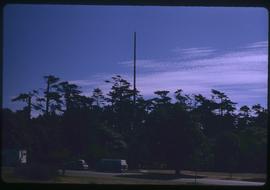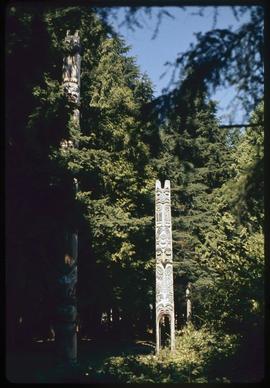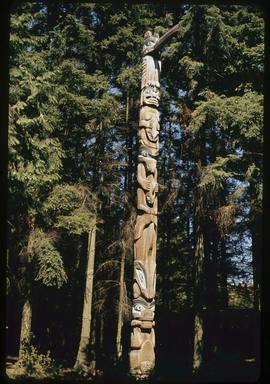House of Wiiseks/Wiigyet of Gitsegukla Totem Pole
- 25-04-08-a038477
- Item
- [1970]
Parte deAnthony Carter fonds
Image of a totem pole in Gitsegukla owned by Gary Hill Sr. of the house of Wiiseks/Wiigyet. The pole was cut down and as of March 2019 there are plans to make another one.
This pole is shown on page 127 of Carter's book Abundant Rivers, with the inaccurate caption: "This well-carved pole belongs to Mr. Russell, one of the councillors at Kitsegukla. The predominant long-billed bird is a mythical figure called 'Weneel.'"
Sin título

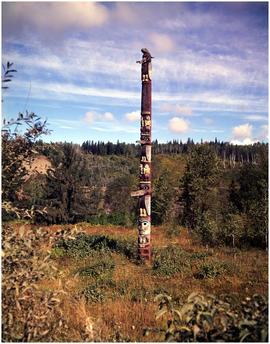
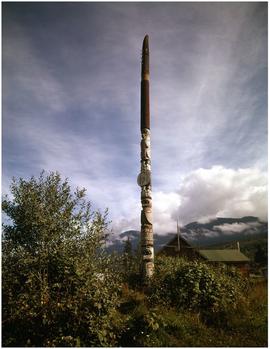
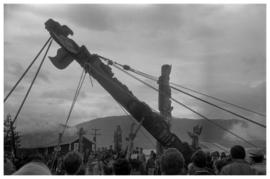
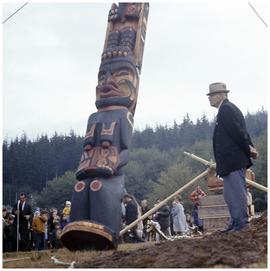
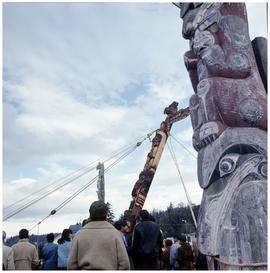
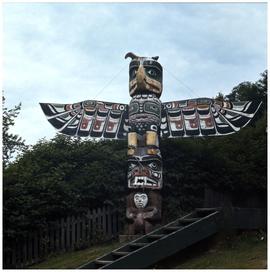
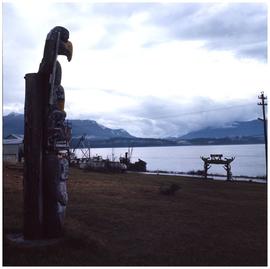
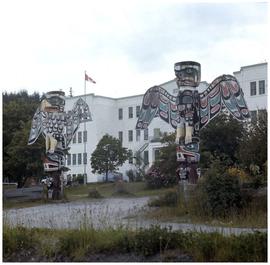
![Govenor [sic]and Mrs. Michner [sic], Alert Bay](/uploads/r/null/5/8/4/5841026a6ef03c5d32013560ee1427f6134ac2489408d3e653caf62b42bd63b7/a033223c_142.jpg)
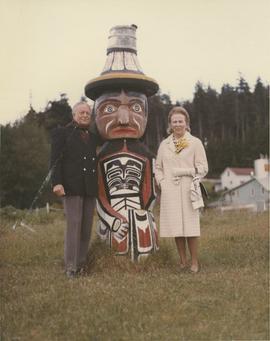
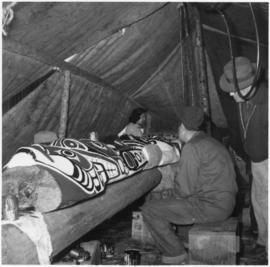
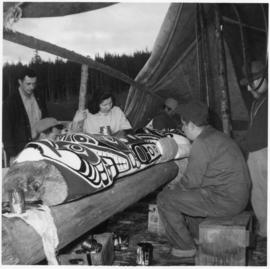
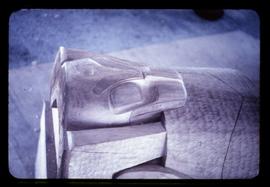
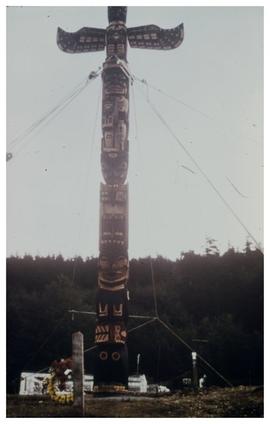
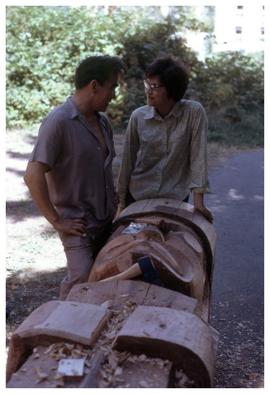

![Thunderbird Park and provencial [sic] museum, Victoria, BC](/uploads/r/null/b/1/8/b181750a33344c17edf6cc811a7b322f78f62954b2040c24598f3201d0292b1f/a040078c_142.jpg)
